Tourists experience agricultural ecotourism at Bao Gia Farm Camping.
Can Tho City (old) is a riverside city with about 65km stretching along the rivers, alluvial deposits all year round. These natural conditions help the city develop a variety of fruit orchards. The system of islands and canals also creates favorable conditions for the development of eco- tourism . At the same time, this place has an agricultural land area of 114,034ha. Of which, the rice production area is about 76,000ha, the fruit tree area is about 25,000ha (specialized in up to 11,880ha), the aquaculture area is about 10,000ha. All these conditions help Can Tho shape outstanding eco-tourism products: areas for developing agricultural belts associated with eco-tourism, such as areas for developing eco-tourism spots, resorts associated with garden picnics (old Phong Dien); areas specializing in concentrated vegetable cultivation and visiting ornamental flower villages, ornamental plants, and craft villages (old Binh Thuy); agro-ecological landscape and river life culture (old Thot Not); community tourism, eco-resort (Binh Thuy, Cai Rang, old Phong Dien)... Accordingly, in localities, outstanding eco-tourism products have gradually formed to attract tourists: Son islet, Cantho Eco Resort, My Khanh tourist village...
Meanwhile, tourism in Hau Giang province (old) stands out with its landscape and river ecology values. Notable are Lung Ngoc Hoang Nature Reserve, agricultural ecosystems with rice fields, fruit gardens; especially the cultural space of Nga Bay floating market, Xa No canal... Based on its unique strengths in resources, Hau Giang (old) develops a variety of eco-tourism products combining forestry experiences, river culture, and agriculture. Among them are many outstanding destinations: Lung Ngoc Hoang Nature Reserve, Cau Duc pineapple garden, Thien An strawberry garden, Bao Gia Farm Camping, Tu Sang bamboo garden, Ngoc Dao goat farm...
Soc Trang Province (old) is located on the southern coast of the Hau River, with a 72km long coastline with three large river mouths flowing into the sea: Dinh An, Tran De and My Thanh, and a dense river system with large and small islands connecting each other for more than 50km along the Hau River. This is an advantage for developing ecotourism with diverse products. There are 3 outstanding product clusters here: ecotourism with experiences of Southern community culture along the Quan Lo - Phung Hiep route; ecotourism with experiences of community tourism, resorts on My Phuoc islet; community tourism to explore the marine ecosystem, mangrove forests in Mo O, Ho Be, Dung islet...
The diversity of ecosystems of the three localities before the merger, Can Tho, Hau Giang and Soc Trang, is a condition for the new Can Tho City to promote its potential value of ecotourism. If ecotourism products are well oriented and built, they will create many unique local experiences.
Promoting the natural ecological value and the sandbar system along the Hau River
The new Can Tho city stands out with its natural ecosystem and system of islands and islets along the Hau River. Accordingly, the eco-tourism products of each tourist space also have their own distinct colors.
Tourists visit the raft village at Son Islet.
Specifically, Tan Loc Islet, Son Islet, and Au Islet have been developing agricultural ecotourism associated with the culture of the Southern river life, community tourism associated with agriculture, and ecotourism combined with relaxation. In particular, Son Islet has become a destination for experience, research, and conservation of freshwater fisheries on the Hau River. Au Islet stands out with its high-class resort system. In addition, Phong Dien land is shaped with ecotourism and relaxation associated with garden picnics, featuring many multi-experience destinations: Cantho Eco Resort, My Khanh Tourist Village, Mekong Silt Ecolodge, etc.
My Phuoc Islet, Phong Nam Islet, and Dung Islet are developing with ecotourism products combining community tourism, agricultural tourism, marine tourism, and forest ecosystem protection. In particular, Dung Islet tourism products stand out. This land has an area of over 23,000 hectares, with a special geographical location when bordering the sea with two estuaries of Dinh An and Tran De flowing into the sea, creating a unique and diverse ecosystem: sweet, brackish, and salty. Here, there are fruit orchards, sugarcane fields, shrimp farms, vast mangrove forests, etc., creating unique experiences imbued with indigenous culture. In addition, Can Tho City has the Lung Ngoc Hoang Nature Reserve with an area of over 2,800 hectares, with high biodiversity value, suitable for developing ecotourism, experiences, exploring wild nature, scientific research, environmental education, and resort tourism associated with nature.
Thus, Can Tho City has diverse ecological resources of river gardens, forestry (mangrove forest system, protective forest ...) and sea, which will contribute to creating unique local ecotourism products. With the new position of Can Tho, ecotourism needs to be planned for development spaces, defining key tourism products to promote the value of resources and unique culture of each region, promoting local tourism development, with its own unique identity.
Article and photos: AI LAM
Source: https://baocantho.com.vn/can-tho-phat-huy-gia-tri-du-lich-sinh-thai-trong-khong-gian-moi-a188124.html


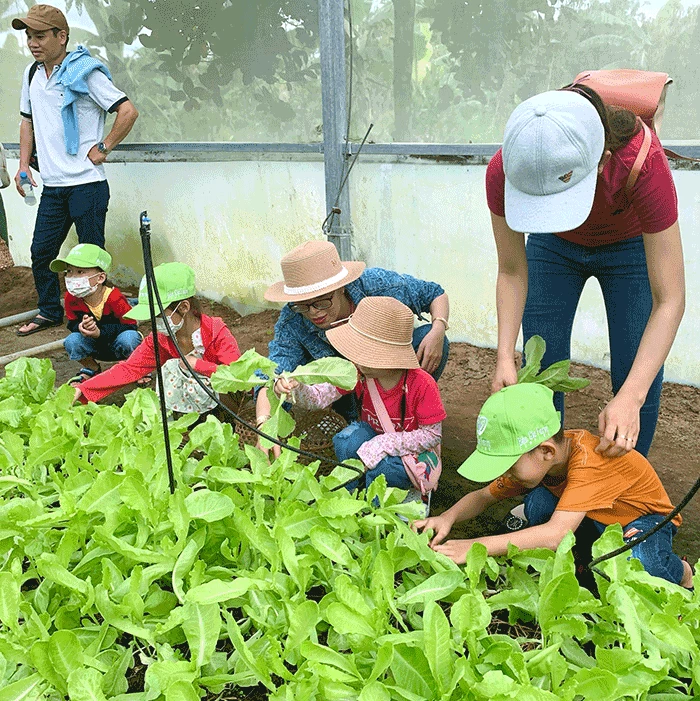
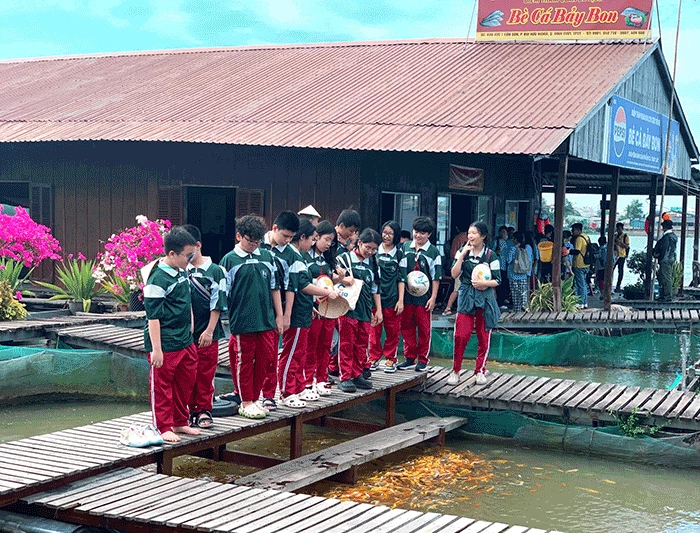
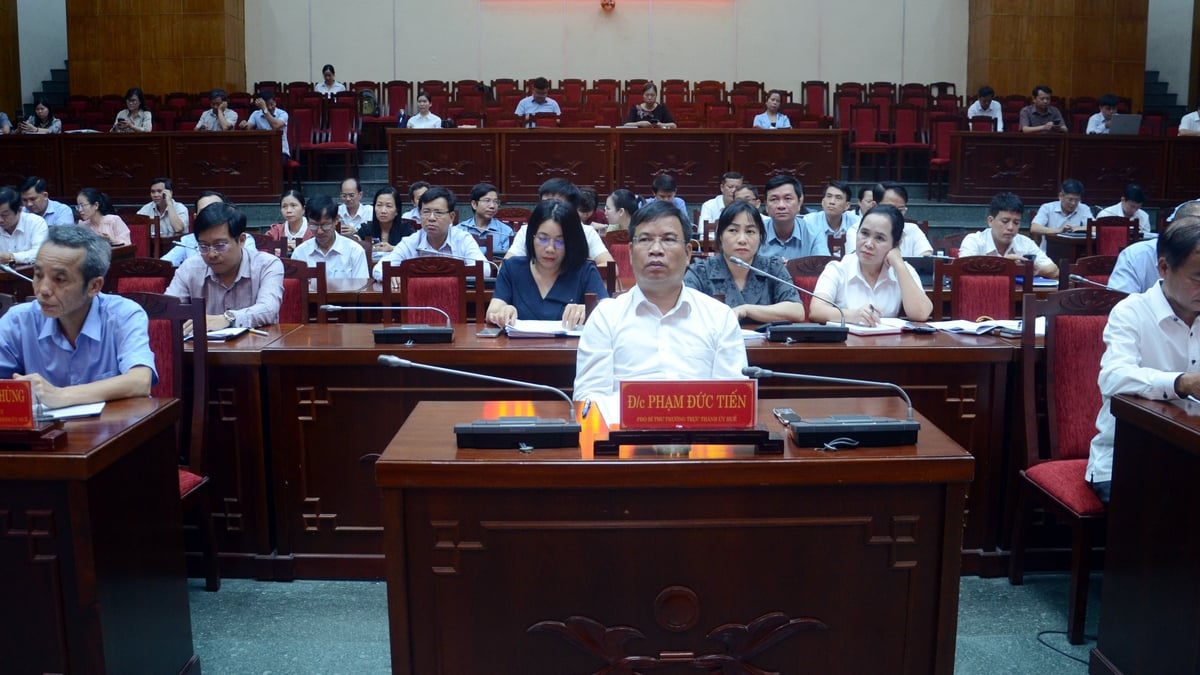
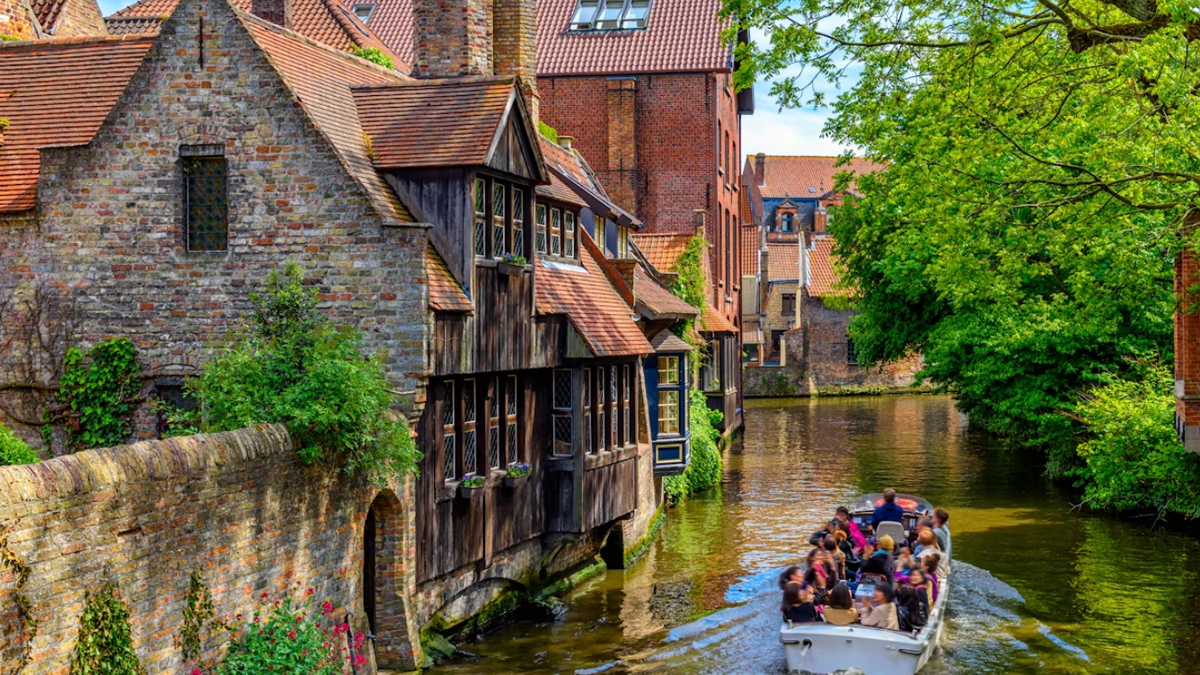
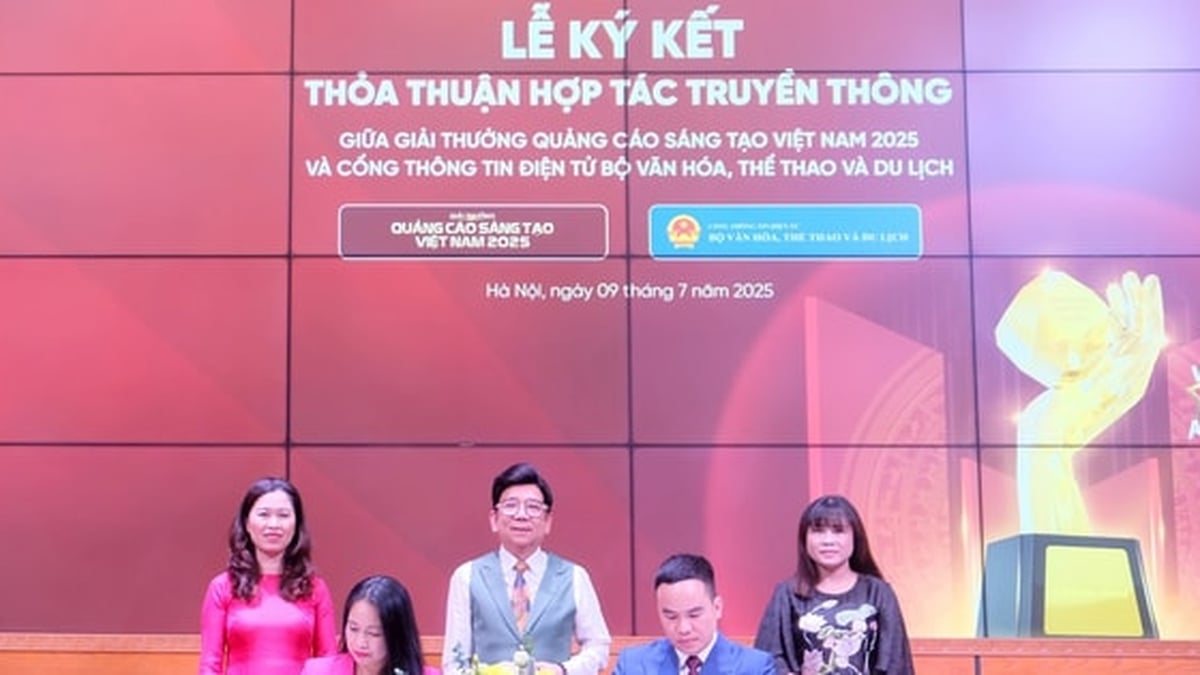

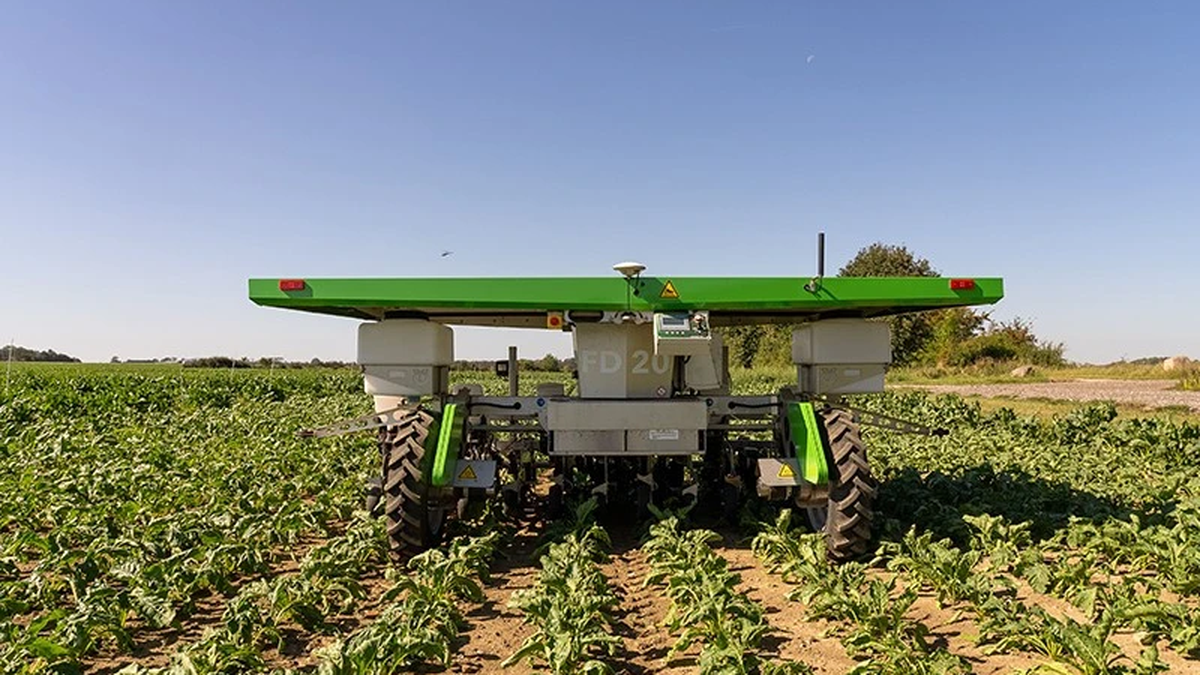
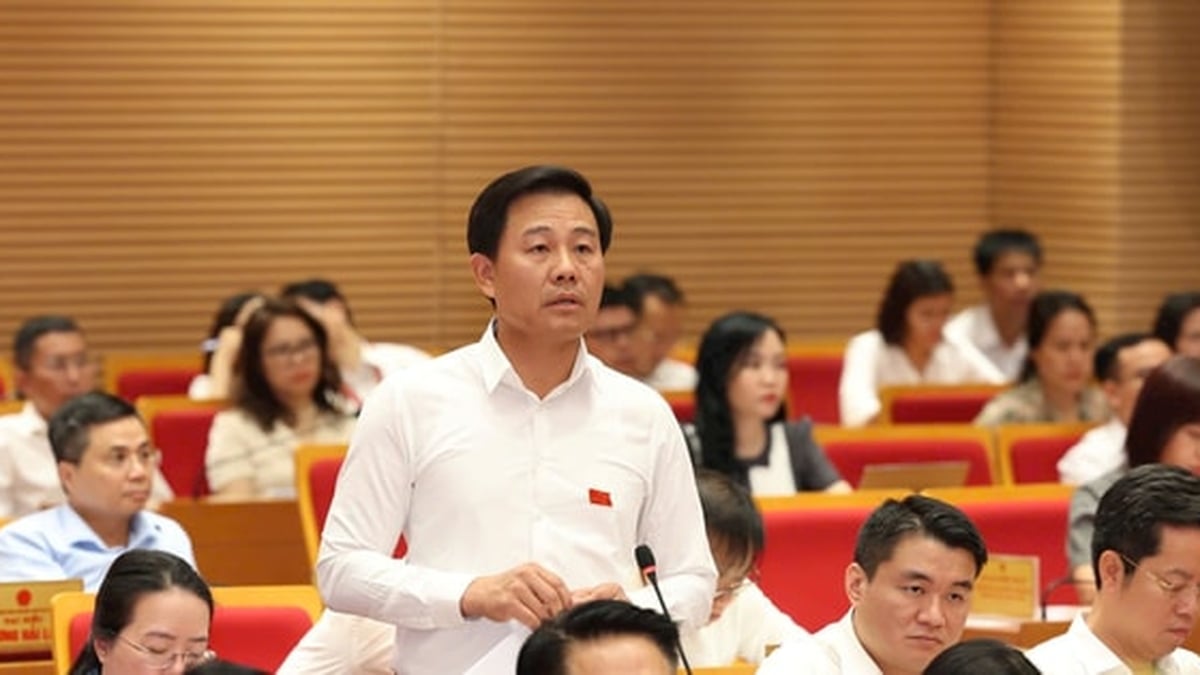
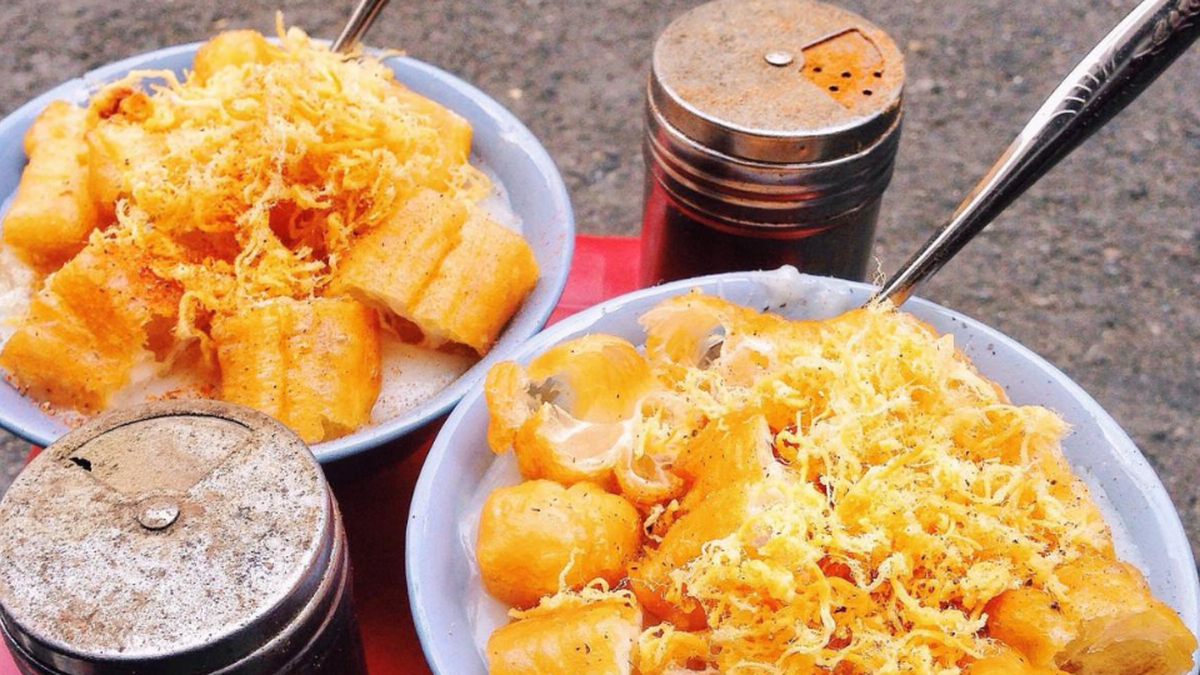

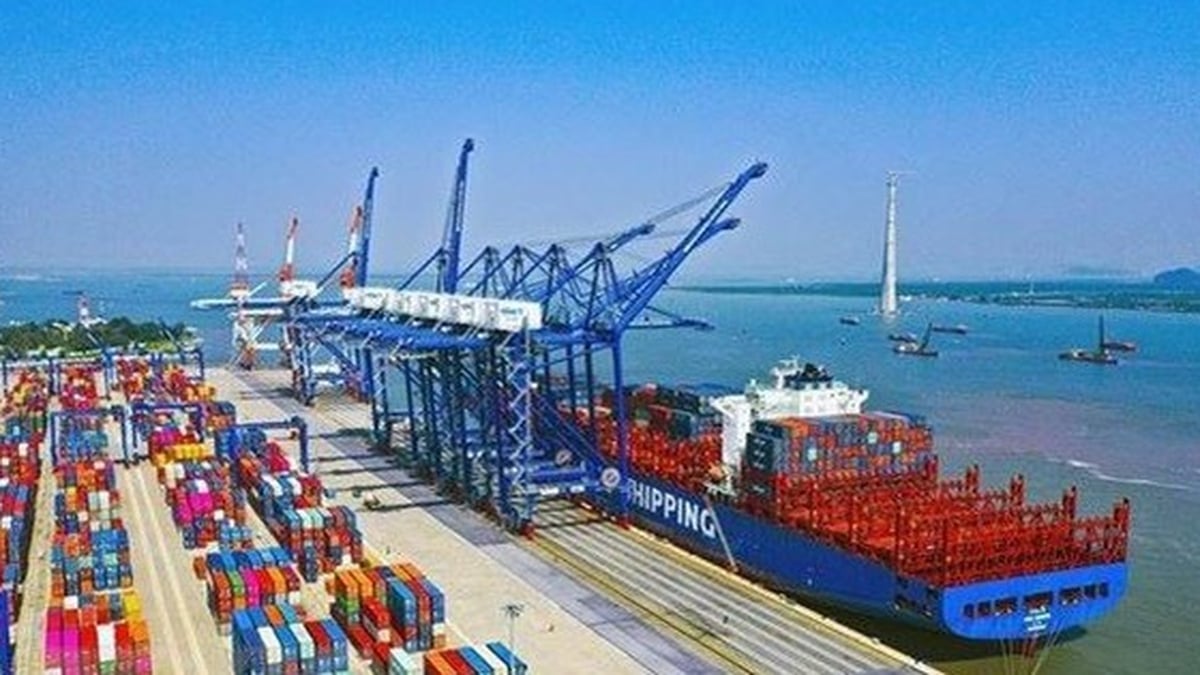
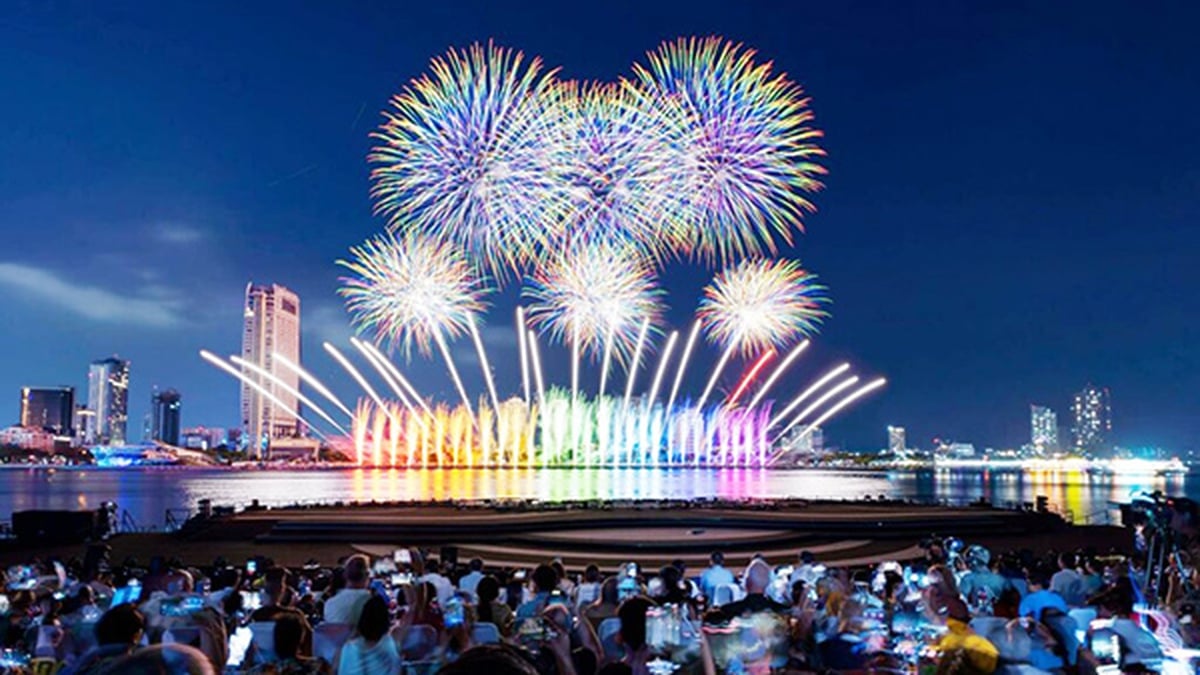

















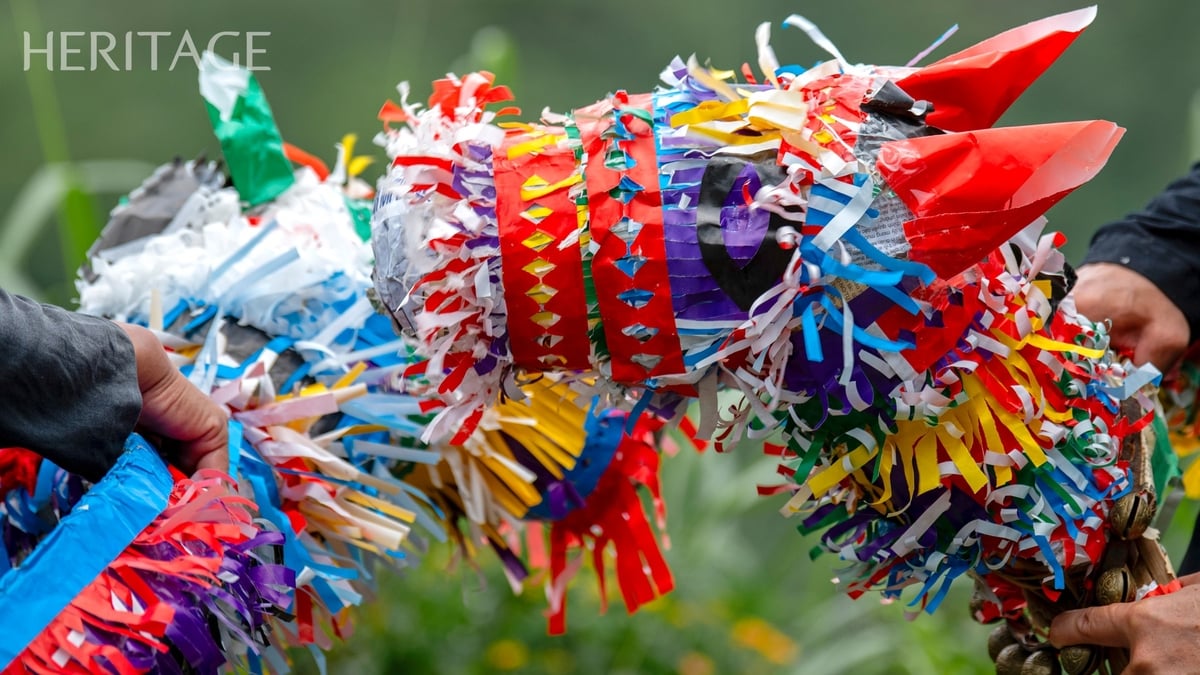


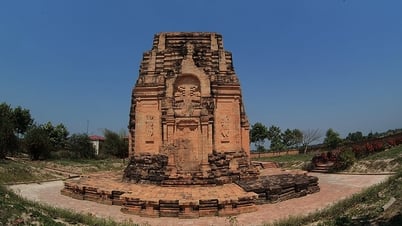

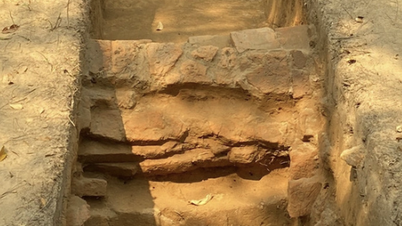

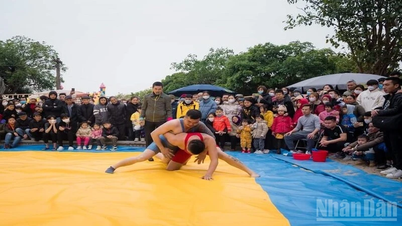





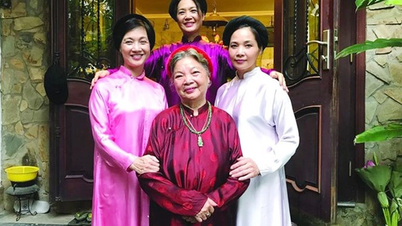









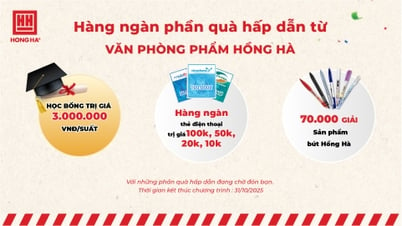

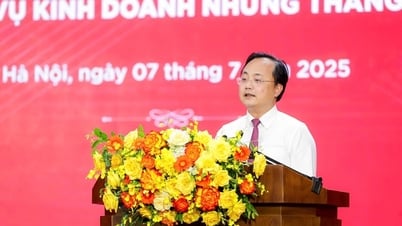

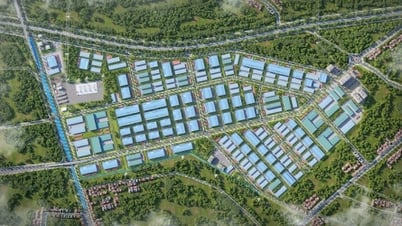




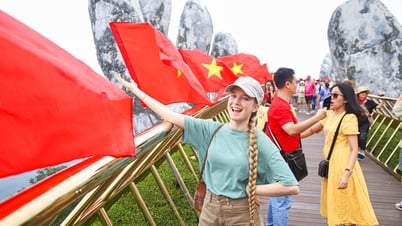

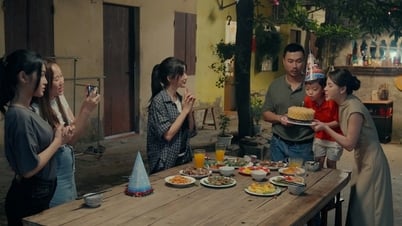



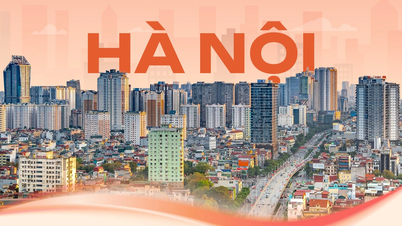
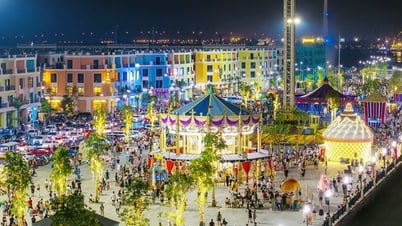

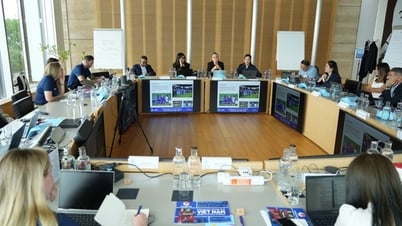
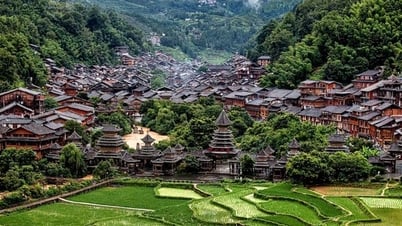
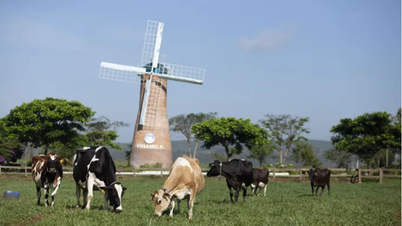

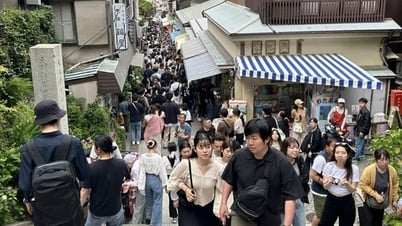
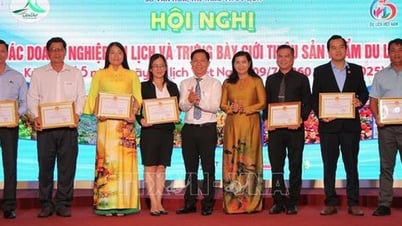







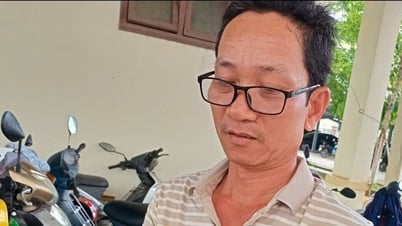

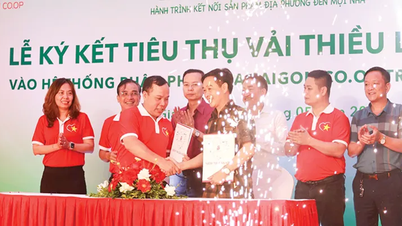
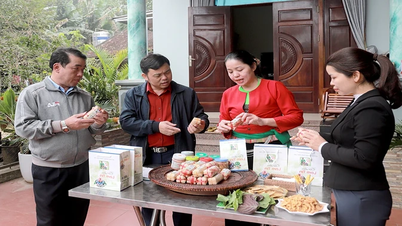






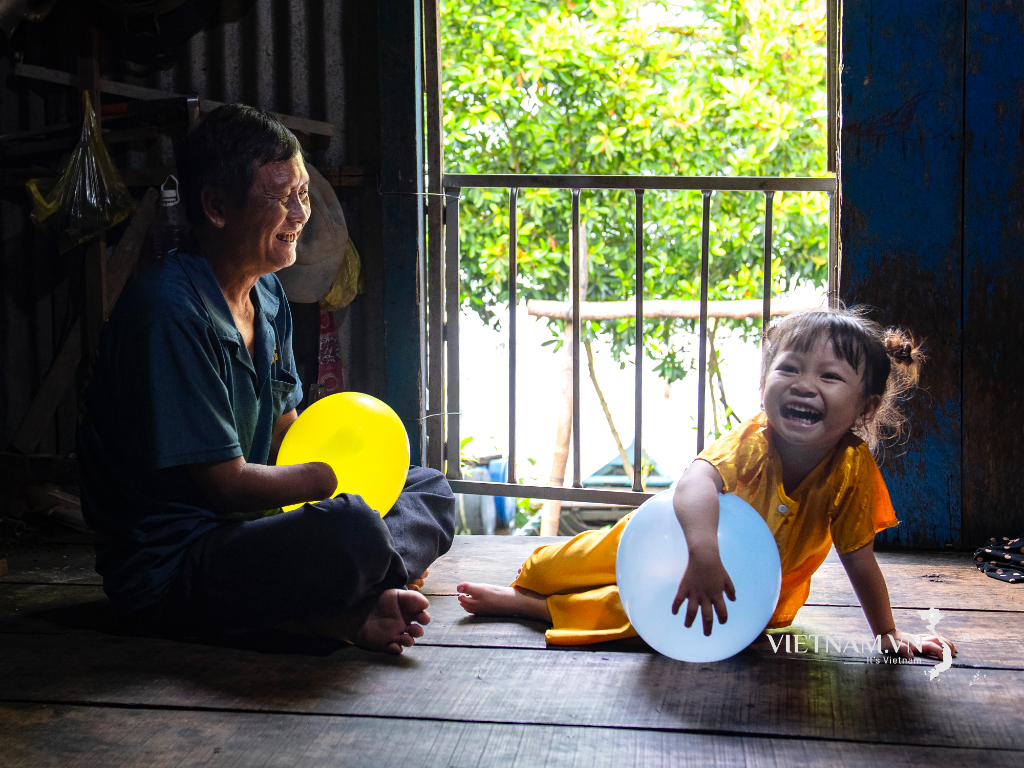

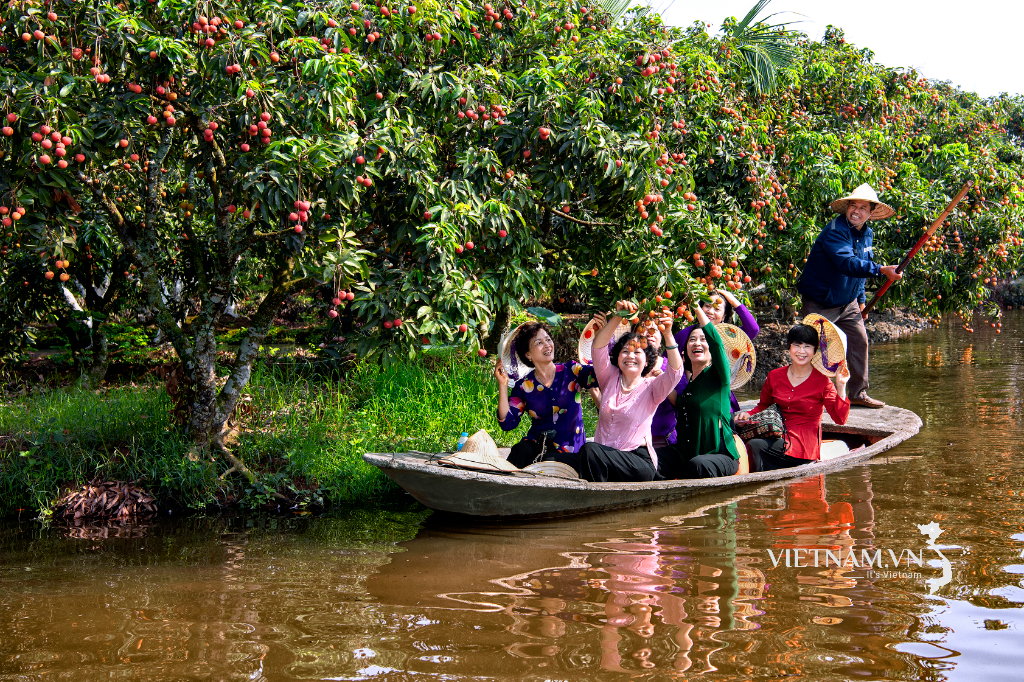
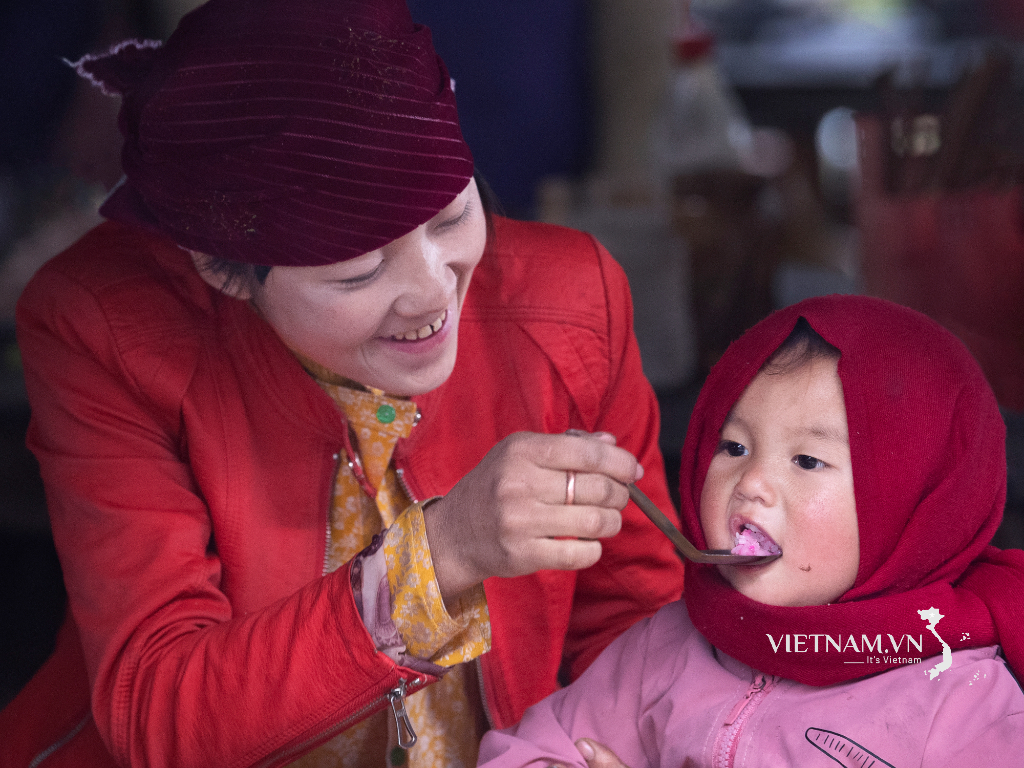
Comment (0)